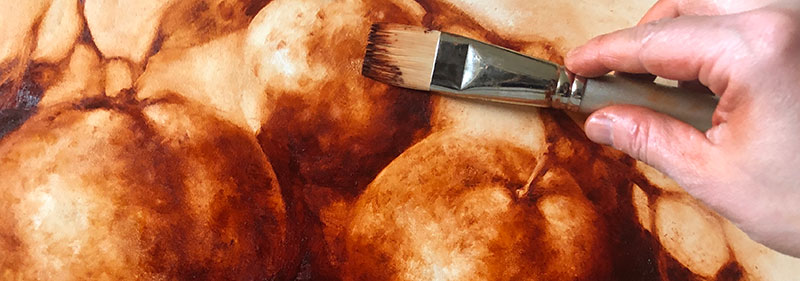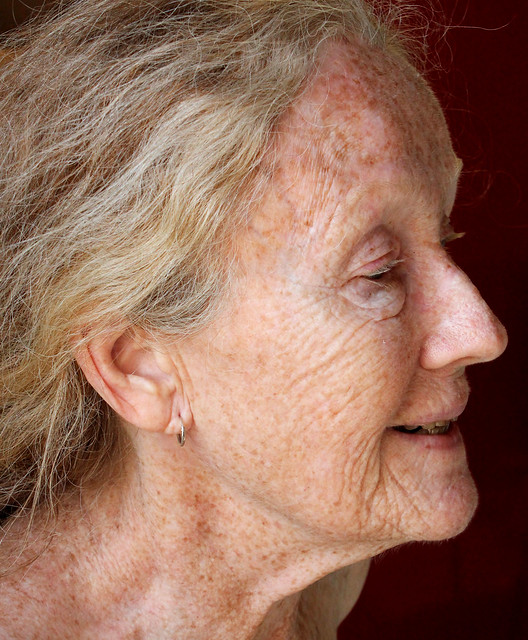Drawing a skull inside a portrait is a terrific exercise to practice your anatomical understanding of a portrait.
This video provides beginning to end, the entire process for building the skull structure into the portrait.
- 1 min. short (skull structure)
- 6 min. video (draw along)

Various techniques are explained, that can be used to build up three dimensional volume with colored pencil layering, blending, creating a diverse range of textures and marks, pencil grip, and more.
Demo by Art Prof Clara Lieu.
Examples
Drawings by Neil, Anastasia, and Tent

Video Walkthrough
- Start your portrait with the largest shapes.
- Add the skull in very early in your portrait drawing.
- Be willing to make changes to your drawing; don’t let fundamental problems persist as you draw.
- This exercise is not about accuracy, rather it’s about approximating the location of the skull.
- Eye sockets are not circles, observe carefully to see the shape.
- The human skull is an imperfect form, it has bumps and flaws.
- Look for the spaces in between the teeth.
- When drawing hair, look for “chunks” of hair rather than individual hairs.
- Hair can really establish a person’s identity, don’t leave it out!
- Cut back on shading, otherwise it will be hard to see the skull.
- Every single tooth is different, don’t go on automatic pilot when drawing them and assume they are all the same.
- Don’t outline the teeth, rather suggest their shapes.
- Search for the smaller shadows in the skull, above and below the teeth.
- The lower eye lid is more important than you think!
- Search for how the light falls on the portrait.
3D skull model
We recommend using this 3D skull model so you can have a skull reference that is at the same tilt of your portrait.
Reference Photos
We want to share your progress!

- Did you do this lesson?
- Submit to have your work to be posted here on this page or mentioned in a live stream.
Artists mentioned
- Robert Mapplethorpe, Deborah Harry, 1978
Anatomical Landmarks mentioned
- Eye sockets
- Cheek bones (zygomatic arch)
- Chin
- Jaw bone (mandible)
- Nasal bone
- Sternocleidomastoid
As a free educational source, Art Prof uses Amazon affiliate links (found in this page) to help pay the bills. This means, Art Prof earns from qualifying purchases.










